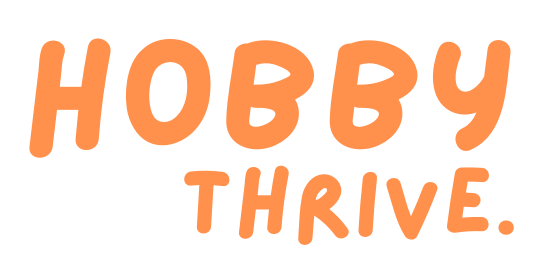Calligraphy, the art of beautiful writing, has been practiced for centuries and continues to captivate people with its elegance and grace. With its roots deeply embedded in various cultures around the world, calligraphy is not just a form of writing but a true art form. If you’ve ever been enchanted by the exquisite lettering in old manuscripts or wanted to add a touch of sophistication to your own handwritten notes, then calligraphy might be the perfect artistic pursuit for you. In this beginner’s guide, we will explore the fundamentals of calligraphy, the essential tools you’ll need, and the basic techniques to get you started on your creative journey.

History and Styles of Calligraphy
Before diving into the practical aspects of calligraphy, it’s important to understand its historical context and the various styles that have emerged over time. Calligraphy has its roots in ancient civilisations such as China, Egypt, and Rome, where it played a vital role in documenting important texts and cultural heritage. Each region developed distinct calligraphic styles, such as Chinese brush calligraphy, Arabic script, or Western Gothic lettering. These styles are characterised by their unique strokes, flourishes, and overall aesthetics.
Essential Tools for Calligraphy
To embark on your calligraphy journey, you’ll need a few essential tools. While there are numerous options available, here are the basics:
Calligraphy Pens: Traditional calligraphy pens come in various forms, including dip pens, fountain pens, and brush pens. Dip pens are versatile and allow for different nib sizes and styles, while fountain pens are a more convenient option for beginners.
Nibs: Nibs are the metallic tips that attach to dip pens. They determine the thickness and style of your calligraphic strokes. Nibs come in different shapes, such as pointed, chisel, or italic, each producing distinct letterforms.
Ink: High-quality ink is essential for achieving smooth and consistent lines. Consider using bottled ink designed specifically for calligraphy, as it flows well and dries quickly.
Paper: Choose a smooth, heavyweight paper to prevent ink bleed and ensure crisp lettering. Experiment with different types of paper to find the one that suits your preferred calligraphy style.
Basic Calligraphy Techniques
Now that you have your tools ready, let’s delve into the basic calligraphy techniques that will set you on the path to mastering this art form:
Posture and Grip: Sit comfortably at a desk or table with good posture. Hold the pen with a relaxed grip, ensuring that your fingers and hand have enough freedom to move smoothly across the page.
Downstrokes and Upstrokes: In calligraphy, downstrokes are thick and heavy, while upstrokes are light and thin. Apply pressure on the downstroke and release pressure on the upstroke to create contrast and give your letters a dynamic look.
Consistent Letter Spacing: Pay attention to the spacing between letters to maintain consistency and readability. Practice spacing by drawing guidelines lightly on your paper to guide the height and width of your letters.
Letterforms and Styles: Start with basic letterforms, such as the uppercase and lowercase alphabet, to build a solid foundation. Experiment with different calligraphic styles, such as Gothic, Italic, or Copperplate, to find the one that resonates with you.
Practice and Patience: Calligraphy is a skill that requires patience and practice. Set aside dedicated time for regular practice sessions, focusing on individual letters, words, and eventually complete sentences. The more you practice, the more your muscle memory will develop, resulting in improved fluidity and control.
Resources and Further Learning
To further enhance your calligraphy skills, there are numerous resources available:
Books and Online Tutorials: Explore books and online tutorials specifically designed for beginners. These resources provide step-by-step guidance, examples, and exercises to help you progress.
Calligraphy Classes and Workshops: Consider attending local calligraphy classes or workshops to learn directly from experienced calligraphers. These interactive sessions offer valuable feedback and the opportunity to connect with fellow enthusiasts.
Calligraphy Communities: Join online calligraphy communities and forums to share your work, seek advice, and gain inspiration from other calligraphers. These communities are excellent platforms for asking questions and receiving feedback on your progress.
Conclusion
Calligraphy is a beautiful art form that combines precision, creativity, and patience. By understanding the rich history, obtaining the necessary tools, and practicing the fundamental techniques, you can embark on a rewarding journey of self-expression. Remember, calligraphy is not about achieving perfection overnight but rather about embracing the process and enjoying each stroke as it brings your words to life. So, pick up your pen, let the ink flow, and let your calligraphic journey begin!





